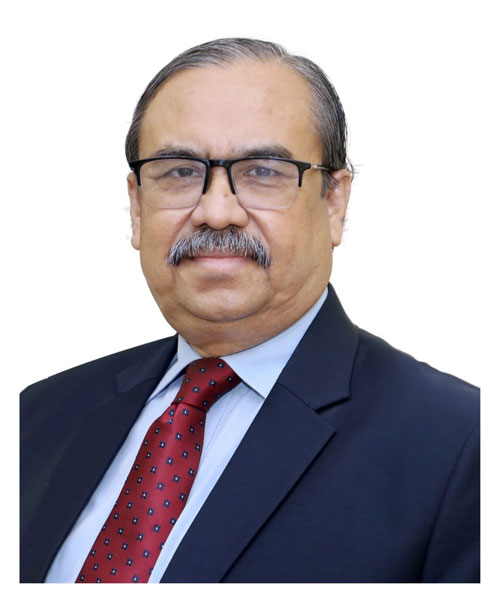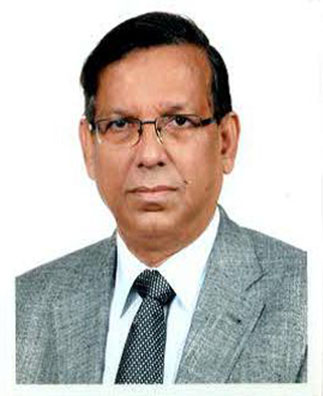The judicial system of Bangladesh has a known history of over thousands of year. The present judicial system of Bangladesh has been evolved as a result of gradual process during the different period of Indian history. Legal history of Bangladesh can be divided under four important periods, i.e., Hindu period, Muslim period, British period and after independence.
During ancient times, the justice system was connected with religion and with social norms. The king (raja) was the supreme head of the legislative, executive and judiciary branches. The various sources of law relied upon by the kings at that time were shrutis, smritis, puranas, dharmashastras, etc. The Arthashastra and Manusmriti were considered authoritative legal guidance. Hindu period extended for nearly 1500 years.
Muslim period started with the first major invasion by Muslims in 1100 A.D. The Muslim emperor followed the laws of the Holy Quran, Sunnah, Ijma and Qias. During Muslim period the civil administration of Sultanate and head of highest court was Sultan. The Sultan was assisted by two reputed Muftis. During Muslim period the Court was regulated by two Muslim Codes, namely- Fiqh-e-Firoz Shah and Fatwa-i-Alamgiri.
British period begins with the consolidation of the British power in the middle of the eighteenth century and last for nearly two hundred years. Grant of Charter of 1661 by Charles II empowered the East India Company to administer the people who lived in the Company’s factories or trading centers at the three presidency towns namely- Madras, Bombay and Calcutta, both civil and criminal justice according to English law. The Charter of 1668 authorized the Company to make laws, orders, ordinances and constitutions for the good governance of the island of Bombay. By dint of Charter of 1686, the Company in 1687 was authorized to establish a municipality and a Mayor’s Court at Madras to try the civil and criminal cases in their territories. Similar courts were established in successive presidencies at Bombay and Calcutta. The story of India’s modern judiciary begins with the Mayor’s courts which were established in the presidency towns of Calcutta, Madras and Bombay in 1728 under charter of 1726 by king Gorge-I to try all civil actions. The Charter also provided that in each presidency town, the Governor and five senior members of the Council will have criminal jurisdiction and would be justices of the Peace and provisions for filling of the appeals from the then India to the Privy-Council in England was introduced by the Charter. The charter establishing the Supreme Court of Judicature at Fort William was issued in 1774 in pursuance of Regulating Act 1773. During the period of 1834 to 1861, two sets of courts were administering justice in India. The king’s Court and Company’s Court formed the dual system of courts having their separate jurisdiction. After the Judicial Committee Act, 1833, the Privy Council came to be called the Judicial Committee of the Privy Council.
The Mutiny in 1857 necessitated rethinking on the administration of India and reorganization of the law of courts. In 1858 the East India Company was abolished and the assumption of direct responsibility of the Government of India by the Crown made the problem of uniting the two sets of courts much easier. As a result, Indian High Court Act, 1861 was passed. The act of 1861 empowered the Crown to establish by Letters Patent, High Courts of Judicature at Calcutta, Madras and Bombay abolishing the Supreme Courts and the Courts of Sadar Diwani Adalat and Sadar Nizamat Adalat. The Government of India Act, 1915 was passed by British Parliament which provided for the constitution, jurisdiction and powers of the High Courts.
Under the Provisions of the Government of India Act, 1935 a Federal Court was established in India in 1937 having power to hear appeals from the decisions of the High Courts. But the said appellate power was limited to the interpretation of laws vis-a-vis the Government of India Act and did not affect the jurisdiction of the Privy Council to hear appeals from the decisions of the High Courts on merit.
The High Court of Bengal (Order) 1947 promulgated under the provisions of section 9 of the Indian Independence Act, 1947 providing for establishing a separate High Court for East Pakistan as the High Court of Judicature of East Bengal at Dhaka.
Under the provision of the Federal Courts Order 1947, Federal Court of Pakistan was established in Karachi under the provisions of the Privy Council (Abolition of Jurisdiction) Act, 1950. The jurisdiction of Privy Council to appeals was taken away and the same power was vested in the Federal Court of Pakistan. With the coming into operation of the Constitution of the Islamic Republic of Pakistan, 1956 the Supreme Court of Pakistan was established in place of Federal Court as Apex Court of the country.
After independence of Bangladesh in 1971 the Acting President promulgated the Laws Continuance Enforcement Order, 1971 by which all laws that were in force in Bangladesh on 25th March, 1971 continued to be so in force. At present we have about 740 Acts, 507 Ordinances and some Regulations in Bangladesh.






